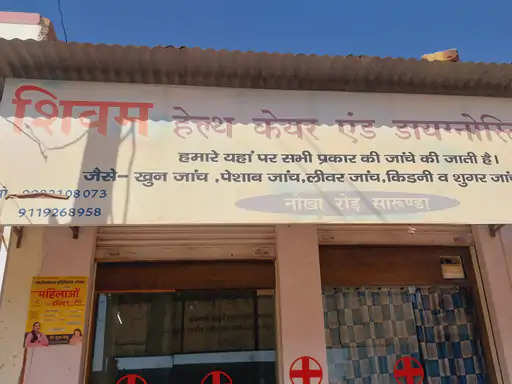Rajasthan News Desk !!! The highest peak of Aravali is ‘Gurushikhar’ (1727 m) in Sirohi district, which is in Mount Abu. This mountain range has dense forests only in the southern region, otherwise it is sparse, sandy and rocky in most areas. The chains of peaks and ridges, which extend from 10 to 100 kilometers, are generally 300 to 900 meters high.
This mountain range extends from north-east to south-west from Delhi to Ahmedabad, about 800 km in length. About 80 percent of the Aravalli mountain range is in Rajasthan. The Rashtrapati Bhavan in Delhi is built on Raisela hill, which is a part of Aravalli.
The average height of Aravali is 920 meters and its height and width is the highest in the south. It is a residual mountain and one of the oldest folded mountains in the world. This mountain range is made up of quartz rocks. Minerals like lead, copper, zinc etc. are found in it. This mountain range is known as ‘Jagga Hills’ near Udaipur, ‘Harshnath Hills’ near Alwar and ‘Delhi Hills’ near Delhi. The highest peak of the Aravali mountain range is Guru Shikhar 1722 meters.
The Aravalli mountain region can be divided into three major sub-regions, which are as follows-
Southern Aravalli Region
Central Aravalli region
Northern Aravalli Region
Southern Aravalli Region
Sirohi, Udaipur and Rajsamand districts are included in this region. This region is completely mountainous, where the Aravalli ranges are very dense and high. Many high peaks of the Aravalli mountain range are located in this region. Gurushikhar mountain is the highest mountain peak of Rajasthan, whose height is 1722 meters, which is located in Mount Abu area in Sirohi district. (1) Other major high mountain peaks here are-
Ser – 1597 meters
Achalgarh – 1380 m
Delwara – 1442 m
Abu – 1295 m
Rishikesh – 1017m
The highest peak in the Udaipur-Rajsamand region is Jarga Mountain, which has a height of 1431 meters. Other ranges of this region are Kumbhalgarh (1224 meters), Leelagarh (874 meters), Kamalnath Hills (1001 meters) and Sajjangarh (938 meters). To the north-west of Udaipur, between Kumbhalgarh and Gogunda, there is a plateau region, which is called ‘Bhorat Plateau’. It is mainly spread in Ajmer district. Along with mountain ranges, narrow valleys and plains are also located in this region. Taragarh (870 meters) in the south-west part of Ajmer and the spiral mountain ranges in the west are called Nag Pahar (795 meters). Four passes of the Aravalli ranges are located in Beawar tehsil, whose names are Bar, Parveria and Shivpur Ghat, Sura Ghat Pass and Debari.
The Northern Aravalli region is spread over Jaipur, Dausa and Alwar districts. In this region, the Aravalli ranges are not continuous but are spread far and wide. These include the Shekhawati hills, Torawati hills and the hills of Jaipur and Alwar. The general height of the hills in this region is 450 to 750 meters. The major high peaks of this region are Raghunathgarh (1055 meters) in Sikar district, Bairat (792 meters) in Alwar and Kho (920 meters) in Jaipur. Other high peaks are ‘Jaigarh’, ‘Nahargarh’, Alwar Fort and Bilali.
The Aravalli mountain range is full of natural resources and minerals and acts as a check on the expansion of the western desert. It is the origin of many major rivers- Bana, Luni, Sakhi and Sabarmati. This mountain range has dense forests only in the southern region, otherwise in most areas it is sparse, sandy and rocky (pink colored crystals).


